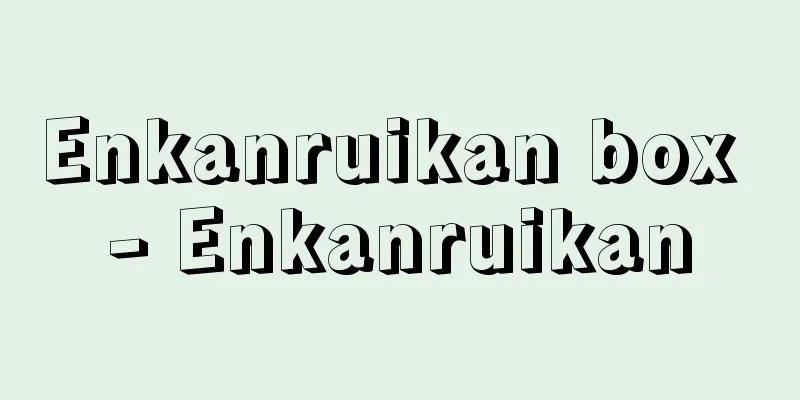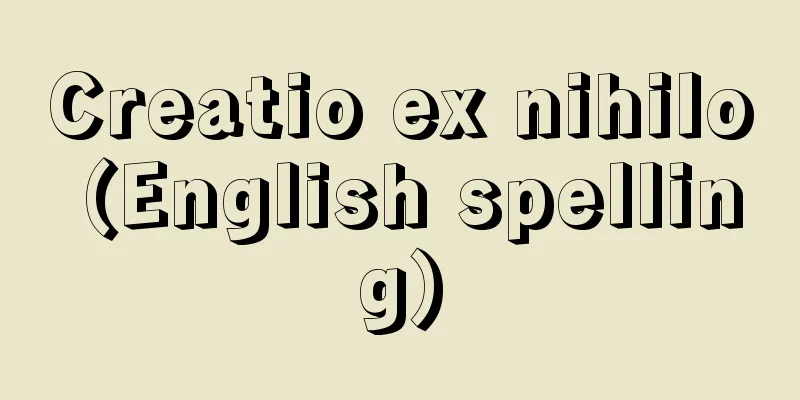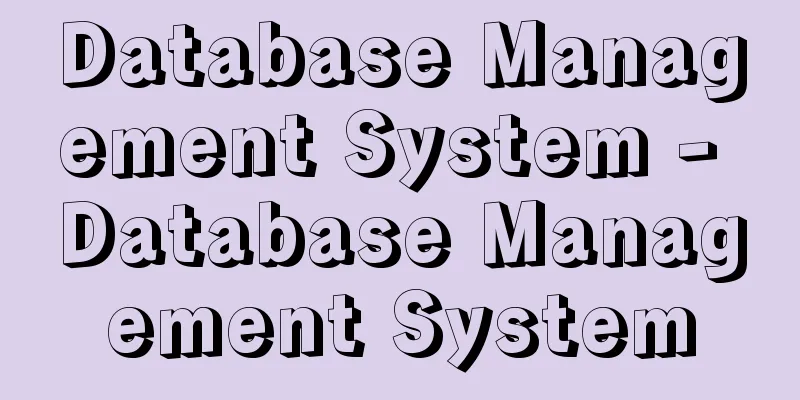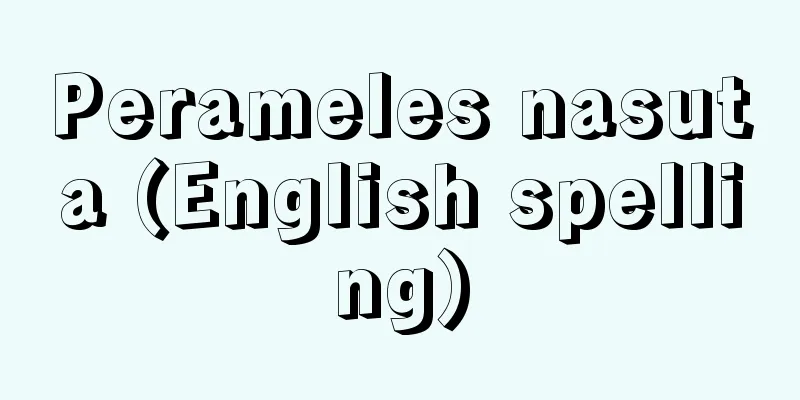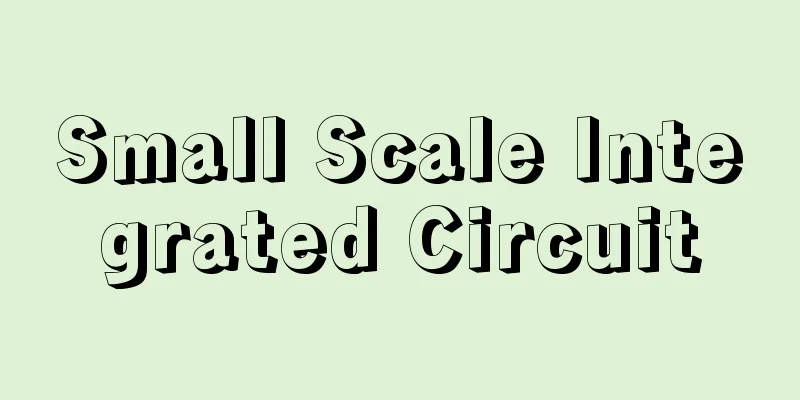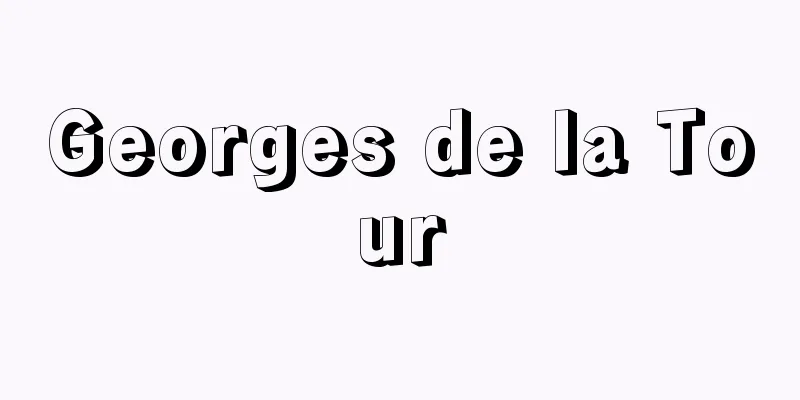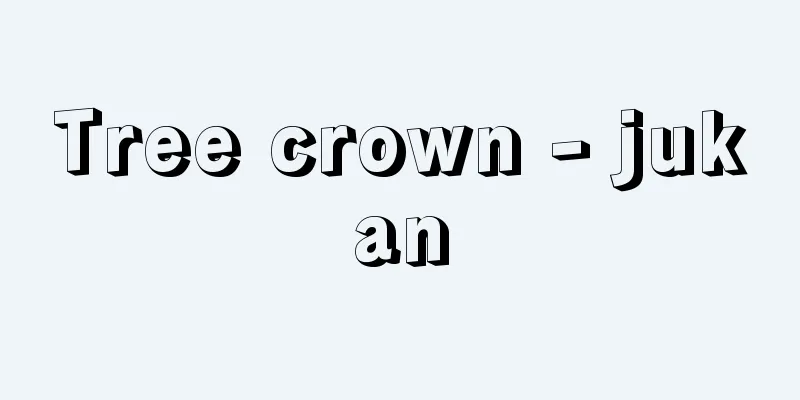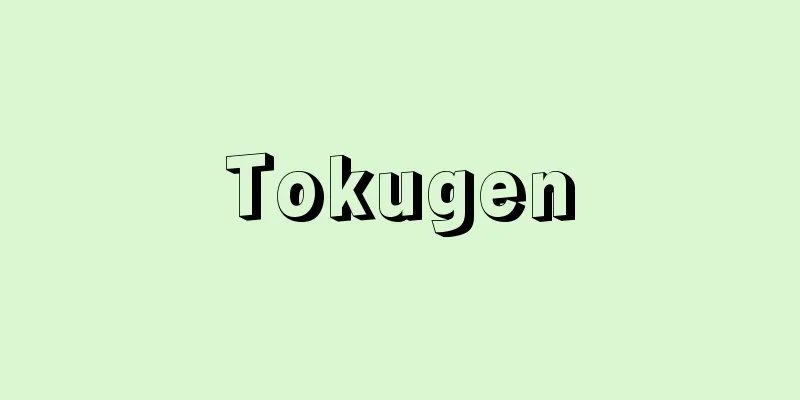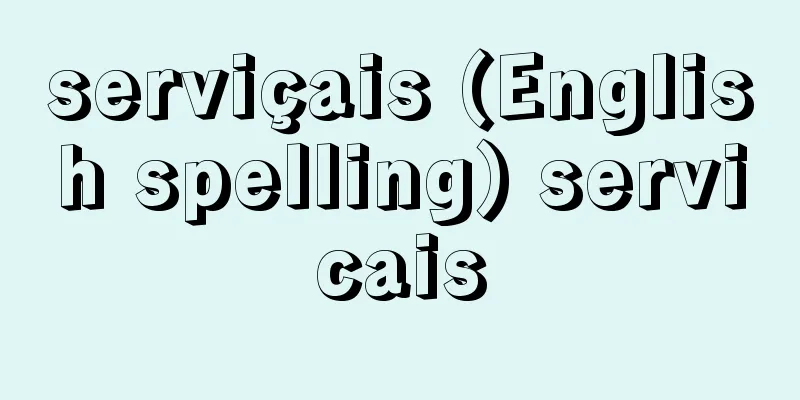Yokohama Incident
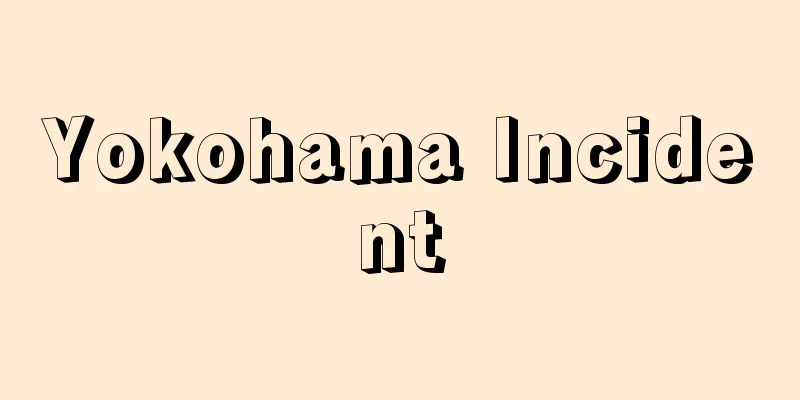
|
This was the largest case of suppression of freedom of speech concocted by the Special Higher Police during the Pacific War. Hosokawa Karoku's article "Trends in World History and Japan," published in the August-September 1942 (Showa 17) issue of the general magazine Kaizo, had passed the Ministry of Home Affairs' prior censorship, but was criticized as a communist propaganda paper by Army Press Chief Yahagi Nakao (1895-1949, executed as a war criminal). This prompted the Kanagawa Prefectural Special Higher Police to arrest Hosokawa, and then his acquaintances and associates were arrested one after another. A photograph was discovered in the home of one of the arrested people. The photo was taken when Hosokawa went on a trip to his hometown of Tomari-cho (now Asahi-cho) in Toyama Prefecture with editors of Kaizo, Chuokoron, Toyo Keizai Shinpo, and other publications, as well as members of the research department of the South Manchuria Railway. The Kanagawa Prefectural Special Higher Police framed the meeting as the "Tomari Communist Party Reconstruction Incident" and arrested the editors and researchers one after another. Around the same time as Hosokawa's arrest, Kawada Hisashi (1905-1979) and his wife from the World Economic Research Institute were arrested for allegedly having ties to the American Communist Party, and people associated with the Showa Juku, with which Hosokawa had connections, were also arrested. Using these incidents as an excuse, Kaizosha and Chuokoronsha were forcibly dissolved by the military government in 1944. Editors from Nippon Hyoronsha and Iwanami Shoten were also arrested. The torture used to force confessions was extremely brutal, with four people dying in prison or shortly after their release. Of the approximately 60 people arrested for violating the Peace Preservation Law, half were indicted and found guilty, and in September or October of 1945, the year of Japan's defeat in the war, they were released with sentences of two years in prison and three years suspended. The former defendants sued the former Special Higher Police officers who had tortured them, but only three were found guilty, and the police officers were not imprisoned. Kaizo, which was revived after the war, ceased publication in 1955, and Chuokoron in 1960 reverted to its editorial policy due to the Furyu Mutan Incident and other incidents. Records of the Yokohama incident and the Special Higher Police's oppression were written energetically by victims, conveying the horror of the Peace Preservation Law and the Special Higher Police. At the end of 1986, editors of Kaizo and Chuokoron, among the former defendants, began a movement to request a retrial of the Yokohama incident from the court. They also requested a retrial in 1994, but both were rejected for reasons such as "there were no court records from that time." In 1998, a third request for retrial was filed, arguing that "the Peace Preservation Law, which violates the Potsdam Declaration, became invalid upon the acceptance of the Potsdam Declaration on August 14," and that a guilty verdict could not be made on the basis of a law that had lost its effect, and that "they should have been found not guilty or acquitted on the grounds that the punishment had been abolished." Many of the former defendants have passed away in the half-century since the 1945 verdict. Of the six applicants for the third request, only one was a former defendant, but he also passed away at the end of March 2003. Two weeks later, on April 15, the Yokohama District Court issued a decision to allow the third request for retrial. The court ruled that "the law had essentially lost its effect with the acceptance of the Potsdam Declaration, and the former defendants had reason to be acquitted," and allowed the retrial to begin on the grounds of an error in the application of the law. [Sozo Matsuura] "Censorship of speech during wartime" by Matsuura Sozo (1975, Shirakawa Shoin Shinsha) ▽ "The Yokohama Incident" by Mimasaka Taro and others (1977, Japan Editors School Publishing Division)" ▽ "People of the Yokohama Incident" by Nakamura Tomoko, expanded edition (1979, Tabata Shoten)" ▽ "The Truth of the Yokohama Incident - The Creation of the Tomari Conference" by Kimura Toru (1982, Chikuma Shobo)" ▽ "A Brief History of the Oppression of Free Speech in Japanese Fascism - The Yokohama Incident and Publishing Oppression in the Winter Era" by Hatanaka Shigeo and Umeda Masami (1986, Kobunken)" ▽ "The Yokohama Incident: Notes from a Former Kaizo Editor" by Aoyama Kenzo (1986, Kirin Shobo)" ▽ "Collection of Documents on the Yokohama Incident compiled by the Sasashita Comrades Association (1986, Tokyo Releur)" ▽ Published and edited by the Kanagawa Shimbun, "Freedom of Speech" is in Danger -- Around the State Secrecy Law (1987, published by Nippon Hyoronsha)" ▽ "The Yokohama Incident -- The Structure of Suppression of Freedom of Speech, by Ebiwara Mitsuyoshi (1987, Iwanami Shoten)" ▽ "The Yokohama Incident: Notes from His Wife and Sister, by Ono Tadashi and Kiga Sumiko (1987, Kobunken)" ▽ "The Prison Transcript of Hosokawa Karoku -- Testimony from the Yokohama Incident, by Morikawa Kanehisa (1989, Fuji Publishing)" ▽ "The Other Yokohama Incident -- Testimony and Requiem for Asaishi Haruyo, by Koizumi Fumiko (1992, Tabata Shoten)" ▽ "The Yokohama Incident -- Three Trials, by Ono Tadashi and Okawa Takashi (1995, Kobunken)" ▽ "Let's Make a Retrial of the Yokohama Incident! Compiled by the National Network, "The Human Rights Trial of the Century: Start a Retrial of the Yokohama Incident! " (1999, published by Kikukasha and Seiunsha)" ▽ "Yokohama Incident: Kimura Toru Complete Statements" by Kimura Toru, edited by Matsuzaka Maki (2002, Impact Publishing)" [References] | | | | | | | |Source: Shogakukan Encyclopedia Nipponica About Encyclopedia Nipponica Information | Legend |
|
太平洋戦争下に特別高等警察によってでっち上げられた最大の言論弾圧事件。1942年(昭和17)総合雑誌『改造』8~9月号に掲載された細川嘉六(かろく)の論文「世界史の動向と日本」は、内務省の事前検閲は通過していたが、陸軍報道部長谷萩那華雄(やはぎなかお)(1895―1949、戦犯として刑死)によって共産主義宣伝論文であると批判された。これをきっかけとして神奈川県特高は細川を検挙、さらに細川の知人や関係者が次々と検挙された。その検挙者の一人の家で1枚の写真が発見された。写真は、細川が『改造』『中央公論』『東洋経済新報』などの編集者や満鉄(南満州鉄道)調査部の人々と郷里の富山県泊(とまり)町(現朝日町)へ旅行したときのもので、神奈川県特高はこの会合を「泊共産党再建事件」としてフレームアップ(捏造(ねつぞう)、でっち上げ)し、編集者や調査員を続々検挙した。細川検挙に前後して、世界経済調査会の川田寿(ひさし)(1905―79)夫妻もアメリカ共産党と関係ありとして検挙され、さらに細川の関係していた昭和塾関係者も検挙された。これらの事件を口実として44年、改造社、中央公論社は軍閥政府から強制的に解散させられた。さらに日本評論社や岩波書店の編集者も検挙された。自白を強いる拷問は凄惨(せいさん)を極め、獄中死者、出獄直後の死者は4名を数えた。 治安維持法違反で摘発された約60名のうち半数が起訴のうえ有罪となり、敗戦の年(1945)9~10月に懲役2年、執行猶予3年の判決で釈放された。元被告たちは、拷問した元特高警察官を告訴したが、有罪となったのは3名だけで、その警察官も投獄されなかった。戦後復刊された『改造』は1955年(昭和30)廃刊、『中央公論』は60年に『風流夢譚(むたん)』事件などで編集方針を後退させた。横浜事件と特高弾圧に関する記録は被害者によって精力的に書かれ、治安維持法や特高の恐ろしさを伝えた。86年末には元被告のなかの『改造』『中央公論』編集者たちが横浜事件の再審を裁判所に要求する運動を始めた。1994年(平成6)にも再審請求をしたが、いずれも「当時の訴訟記録が存在しない」などを理由に棄却された。98年には第三次再審請求が出され、「ポツダム宣言に違反する治安維持法は8月14日のポツダム宣言の受諾と同時に失効した」、その効力を失った法を根拠に有罪判決をすることはできない、「無罪、もしくは刑の廃止があったとして免訴を言い渡すべきだった」として、裁判のやり直しを求めている。1945年の判決から半世紀以上を経て元被告人の多くは亡くなった。第三次の請求人6人のうち元被告本人は1人であったが、その1人も2003年3月末に亡くなった。それから半月後の4月15日、第三次再審請求に対して、横浜地方裁判所は、再審の開始を認める決定を出した。同地裁は、「ポツダム宣言受諾によって同法は実質的に効力を失っており、元被告らには免訴を言い渡すべき理由があった」とし、法令適用の誤りを理由に再審開始を認めたのである。 [松浦総三] 『松浦総三著『戦時下の言論統制』(1975・白川書院新社)』▽『美作太郎ほか著『横浜事件』(1977・日本エディタースクール出版部)』▽『中村智子著『横浜事件の人びと』増補版(1979・田畑書店)』▽『木村亨著『横浜事件の真相――つくられた「泊会議」』(1982・筑摩書房)』▽『畑中繁雄・梅田正己著『日本ファシズムの言論弾圧抄史――横浜事件・冬の時代の出版弾圧』(1986・高文研)』▽『青山憲三著『横浜事件 元「改造」編集者の手記』(1986・希林書房)』▽『笹下同志会編『横浜事件資料集』(1986・東京ルリユール)』▽『神奈川新聞社編・刊『「言論」が危うい――国家秘密法の周辺』(1987・日本評論社発売)』▽『海老原光義著『横浜事件――言論弾圧の構図』(1987・岩波書店)』▽『小野貞・気賀すみ子著『横浜事件・妻と妹の手記』(1987・高文研)』▽『森川金寿著『細川嘉六獄中調書――横浜事件の証言』(1989・不二出版)』▽『小泉文子著『もうひとつの横浜事件――浅石晴世をめぐる証言とレクイエム』(1992・田畑書店)』▽『小野貞・大川隆司著『横浜事件――三つの裁判』(1995・高文研)』▽『横浜事件の再審を実現しよう! 全国ネットワーク編『世紀の人権裁判 横浜事件の再審開始を!』(1999・樹花舎・星雲社発売)』▽『木村亨著、松坂まき編『横浜事件 木村亨全発言』(2002・インパクト出版会)』 [参照項目] | | | | | | | |出典 小学館 日本大百科全書(ニッポニカ)日本大百科全書(ニッポニカ)について 情報 | 凡例 |
>>: Yokohama Raw Silk Exchange
Recommend
Agatsuma Valley
A valley in northwest Gunma Prefecture that stretc...
Kannoushi - Envoy for agricultural promotion
From ancient times to the Middle Ages, envoys were...
Omiou - Omiou
Year of birth: Unknown A member of the royal famil...
plexus
…As a result, nerve fibers cross between the ante...
Stone axe - Sekifu
Stone axes. Stone axes were the most common tool ...
Historical Archaeology
If history is divided into prehistoric and histor...
Nur Muhammad Taraki (English spelling)
...The promulgation of the new constitution in 19...
Reform Judaism - Reform Judaism
…Jewish Enlightenment thinkers, who regarded M. M...
Hatoma Island
An island located about 4km north of Iriomote Isla...
Tomb of Userhat - Userhat
...In a broad sense, it refers to artistic activi...
Nitric oxide - Issankachisso
NO (30.01). Also called nitric oxide. It is obtai...
Feeling temperature - taikan ondo
There is a difference between the measured temper...
musk mallow
…It was introduced to Japan long ago during the E...
Old Church Slavonic - Kodaikyōkaislavugo
The oldest Slavic literary language, established ...
Tortola Island (English spelling)
Located in the eastern Caribbean Sea, it is the la...
